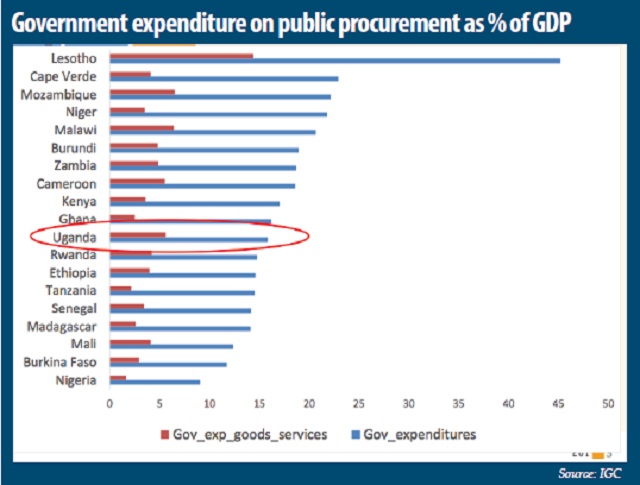
Guloba said passing local content laws similar to the one proposed in parliament, will have a far reaching negative impact on the country, given the fact the current bill focuses on ownership rather than locally manufactured goods and services.
“It is also in total contradiction of local, regional and global initiatives. In its current form, it also excludes Ugandans who have dual citizenship in effort to attract more Ugandans in the diaspora to come and invest in the country.”
Last year,the Bank of Uganda (BoU)Governor, Emmanuel Tumusiime-Mutebile, said the proposal to enforce compulsory local content policies such as Buy Uganda Build Uganda (BUBU) was in bad faith.
He said most countries especially in Asia have developed rapidly, achieved sustained and rapid growth and the structural transformation of their economies through outward-looking policies other than the inward-looking policies that thetrade ministry is pushing.
“It is participation in export markets which provides the main stimulus for productivity gains and technological upgrading in developing countries,” Mutebile said at a conference organised by the Ministry of Trade, Industry and Cooperatives and the IGC at the Sheraton Kampala Hotel on March 23, 2017.
“The Buy Uganda, Build Uganda campaign and the export promotion strategy are not mutually compatible. We can choose one or the other, and not both.”
But David Kiyingi, the acting Commissioner, Procurement Policy and Management Department at the Ministry of Finance, Planning and Economic Development said the government’s intention to promote local content is to promote growth of local industries and job creation.
Kiyingi said the government‘s move is also informed by the need to reduce balance of payment deficits that has widened over the past years amidst increase in exports.
Data from BoU shows that the value of Uganda’s export has doubled over the past decade, rising from US$1.19 billion in 2006 to US$2.94 billion in 2016, with half of the export destined to the East African Community.
However, value of imports has risen at an even greater rate from US$2.63 billion to US$5.1 billion over the same period due to high demand especially machines and industrial raw materials.
Going Forward,Hoekman says there is need for the government to maintain centrality of value for money as a goal for public procurement as well target specific constraints that adversely affect capacities of local firms to provide products.
Key findings
In low-income countries, public procurement constitutes 14.4 percent of GDP on average, with even larger values recorded in some of the poorest regions of the world, including South Asia and sub-Saharan Africa (SSA).
Increasing the share of output sold to the government by 10 percentage points is associated with a 4 percentage point increase in productivity.
- This association between sales to the government and firm-level performance is more evident for smaller firms (the increase in productivity rising to 7 percentage points for firms with less than 20 employees) than it is for large firms (with more than 100 employees); for domestically owned firms; and for firms that have weaker productivity performance.
- Participation in public procurement is also positively associated with other dimensions of firm performance such as the development of new products – an indicator of innovation. •
There is on average a 20 percent difference in productivity levels between firms that sell some of their output to government entities (that is, participate in public procurement) and those that do not.
 The Independent Uganda: You get the Truth we Pay the Price
The Independent Uganda: You get the Truth we Pay the Price


